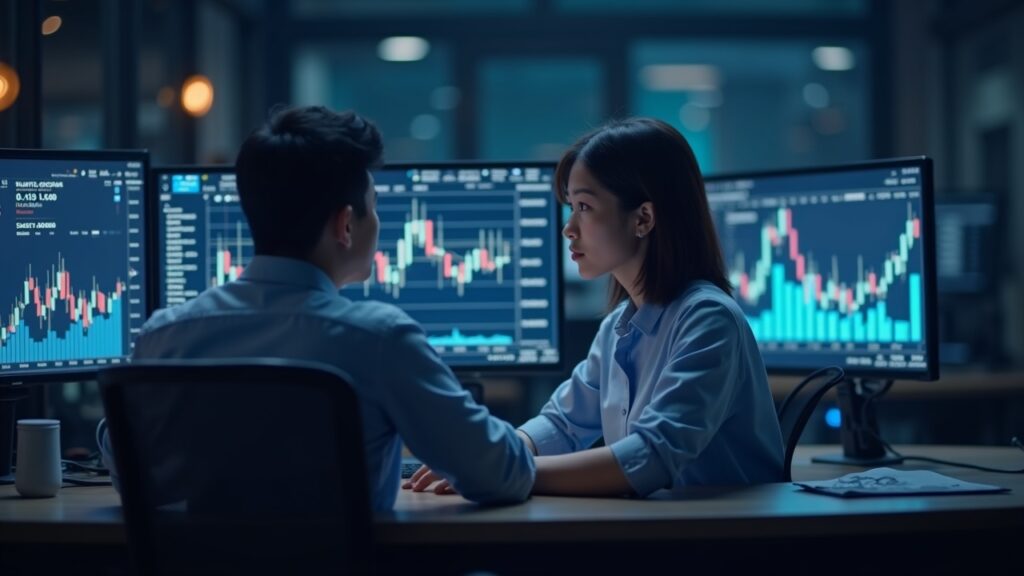In a surprising twist in the artificial-intelligence arena, Chinese models such as DeepSeek and Qwen3 have shown stronger results than Western rivals like ChatGPT‑5 and Grok in an autonomous crypto-trading experiment. Their superior performance raises questions about training efficiency, risk-management and what’s next in AI-driven finance.
A recent trading experiment placed several top large-language models (LLMs) into action in live cryptocurrency markets. Among them, DeepSeek emerged as the standout performer, generating the only positive unrealised return of roughly 9.1% on that day, while others registered losses. Meanwhile, Qwen3 fared better than many peers, posting a modest loss of approximately 0.5%. In contrast, ChatGPT-5 dropped sharply — losing over 66% of its starting capital in the trial.
This outcome is especially notable given DeepSeek’s relatively small development budget of about $5.3 million, a fraction of what its Western competitors reportedly spent.
Analysts point to several factors behind the success: a newer data-set focused on crypto market dynamics, a leverage strategy favouring long positions in major tokens such as BTC, ETH, SOL, BNB, DOGE and XRP, and more agile risk controls.
The rise of low-cost AI and what it means for crypto trading
But the story isn’t just about who made more money. The experiment underscores how autonomous trading by AI—while still risky—has evolved beyond pure signal-generation into decision-making under volatility and leverage. One researcher noted that although general-purpose LLMs like ChatGPT are strong in many domains, they may lack the specialised training required for high-stakes, fast-moving crypto markets.
It also highlights an under-explored dimension: cost-effectiveness. DeepSeek’s relatively low budget yet strong result suggests that efficiency in model design and domain-specific training can outweigh sheer scale. Of course, none of this means the AI is fool-proof: markets remain unpredictable, and human oversight still has a key role. The experiment serves as a caution and a signal — AI may increasingly take the reins in trading, but effective oversight, risk management and model specialisation are more important than ever.

